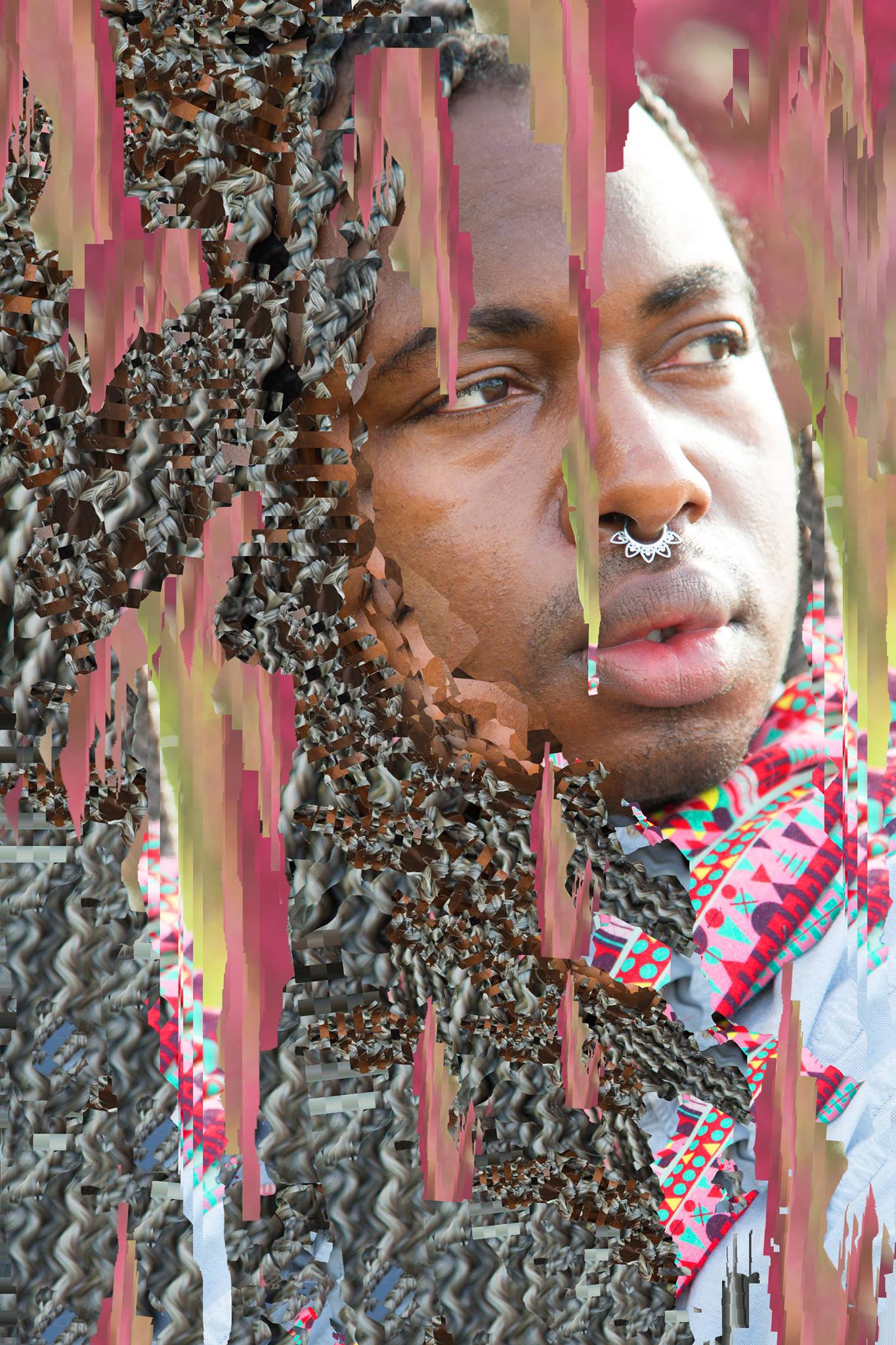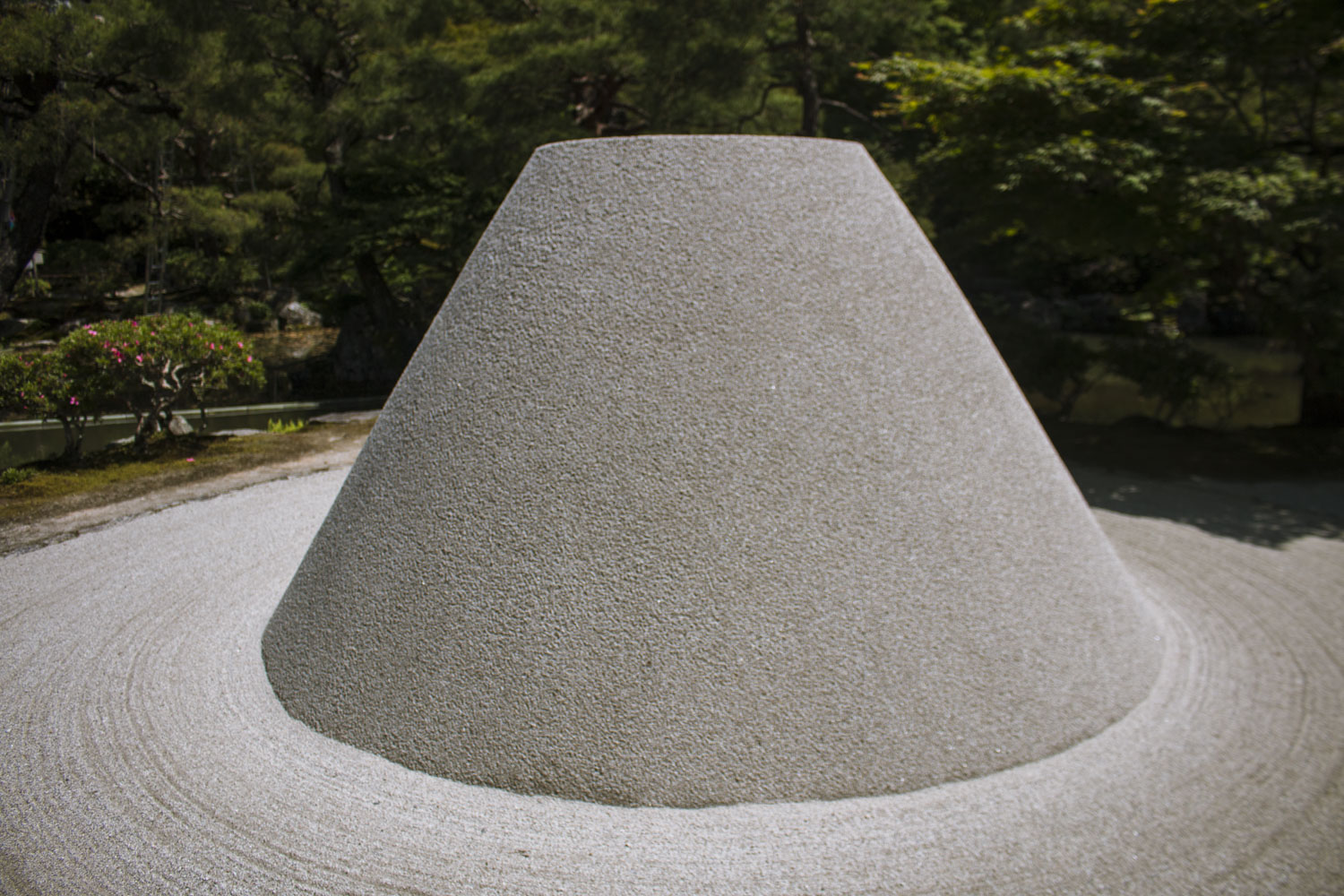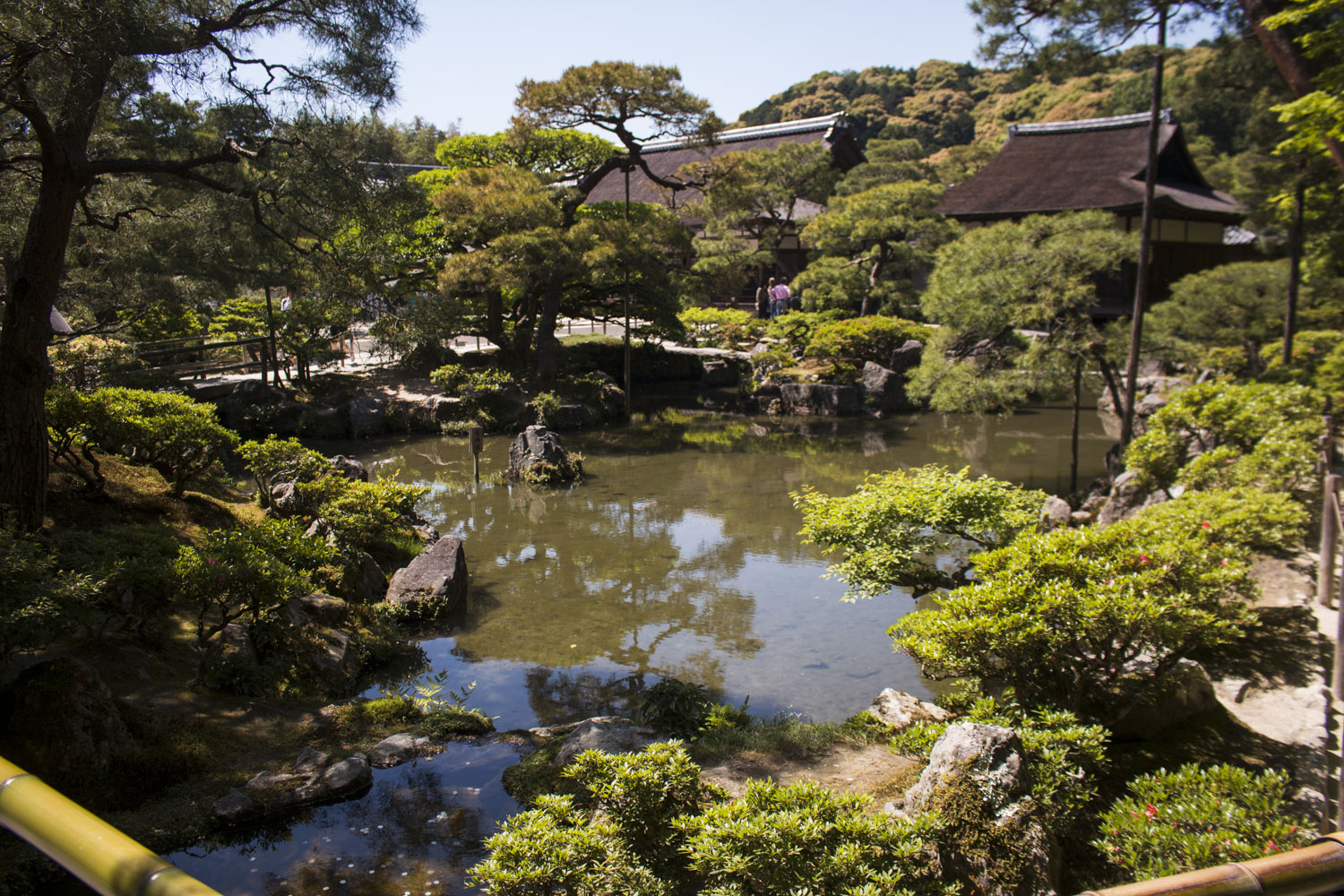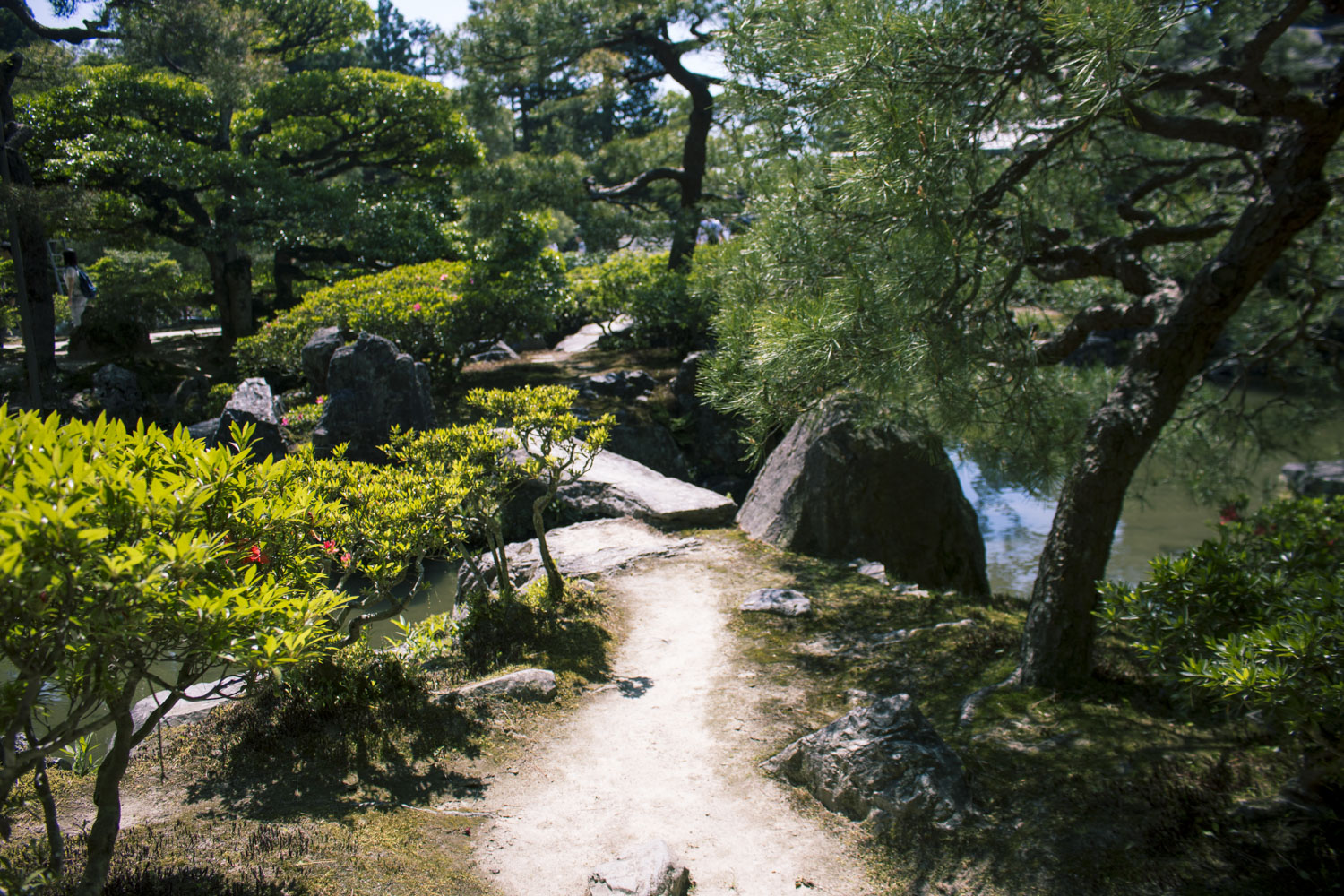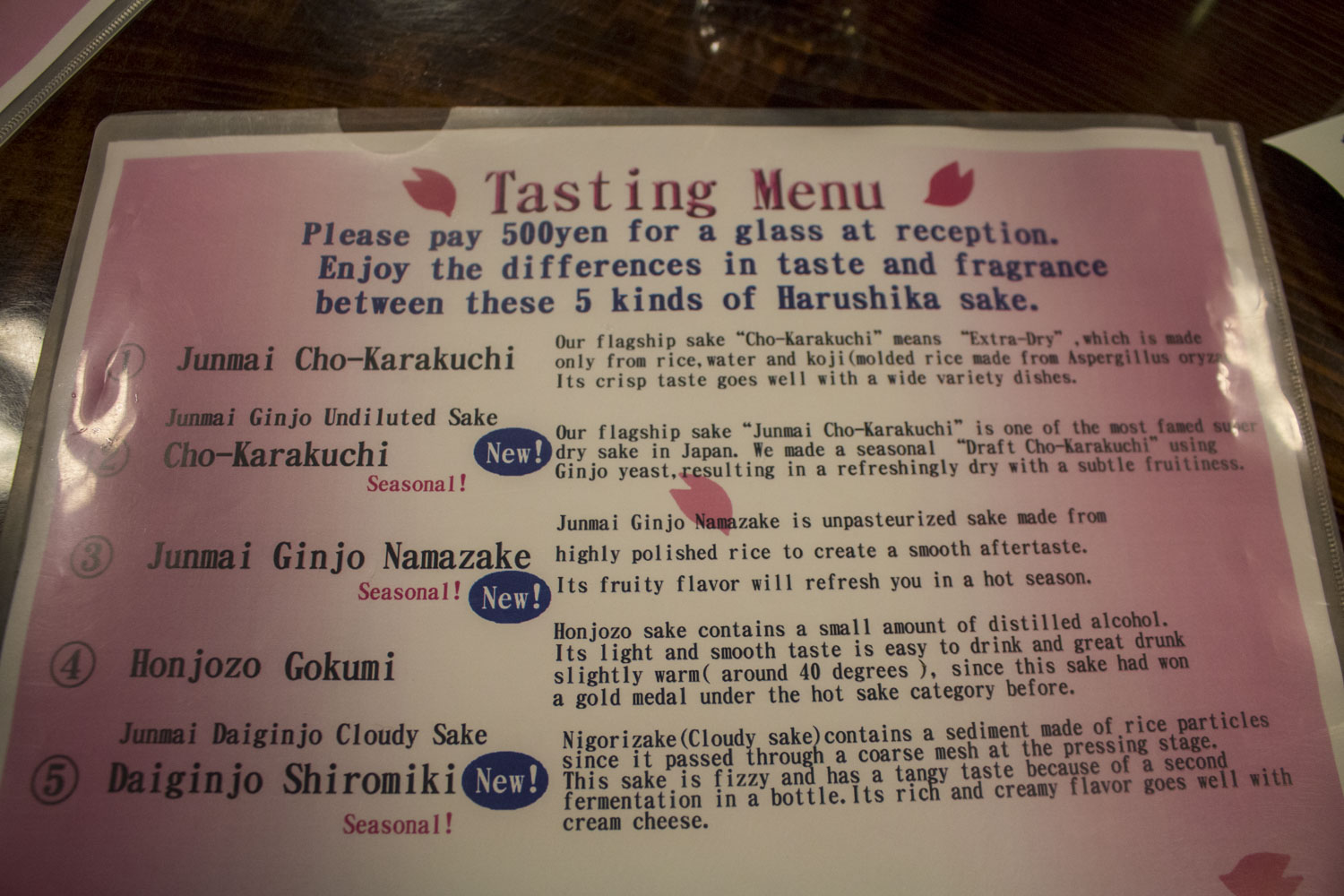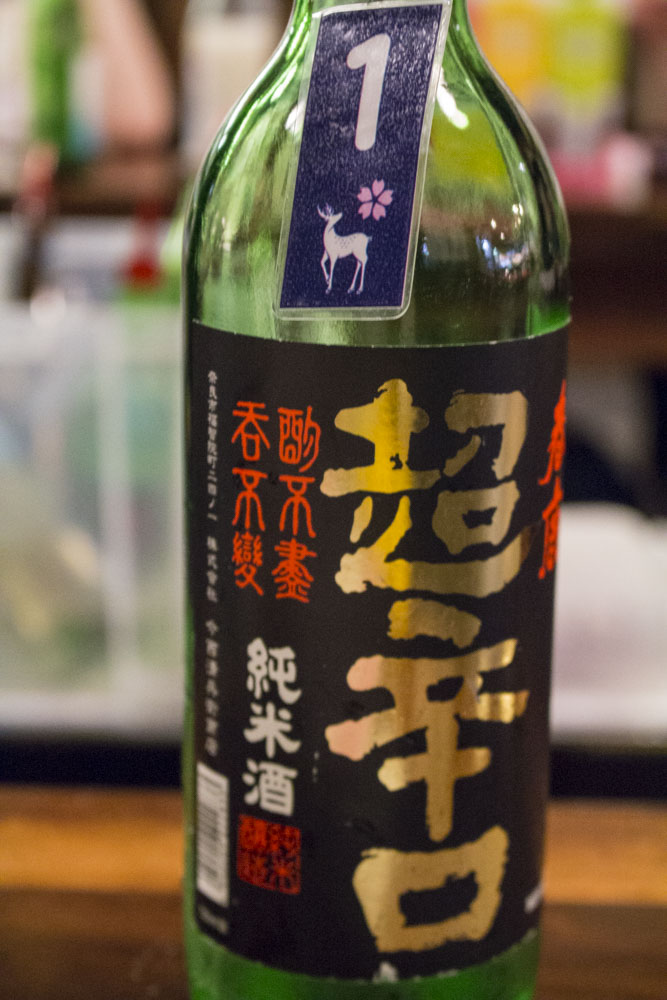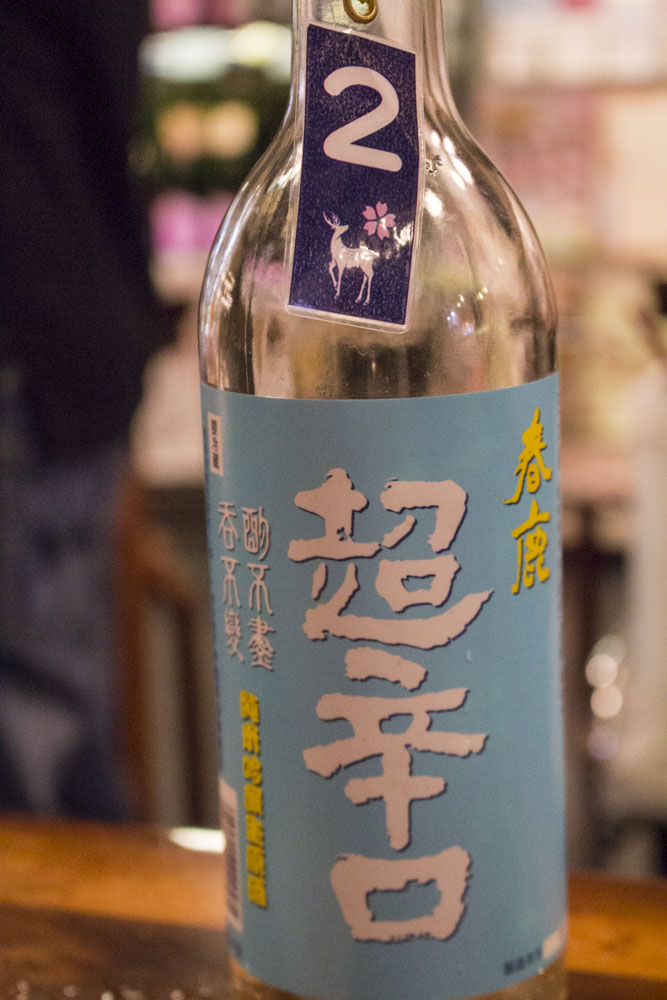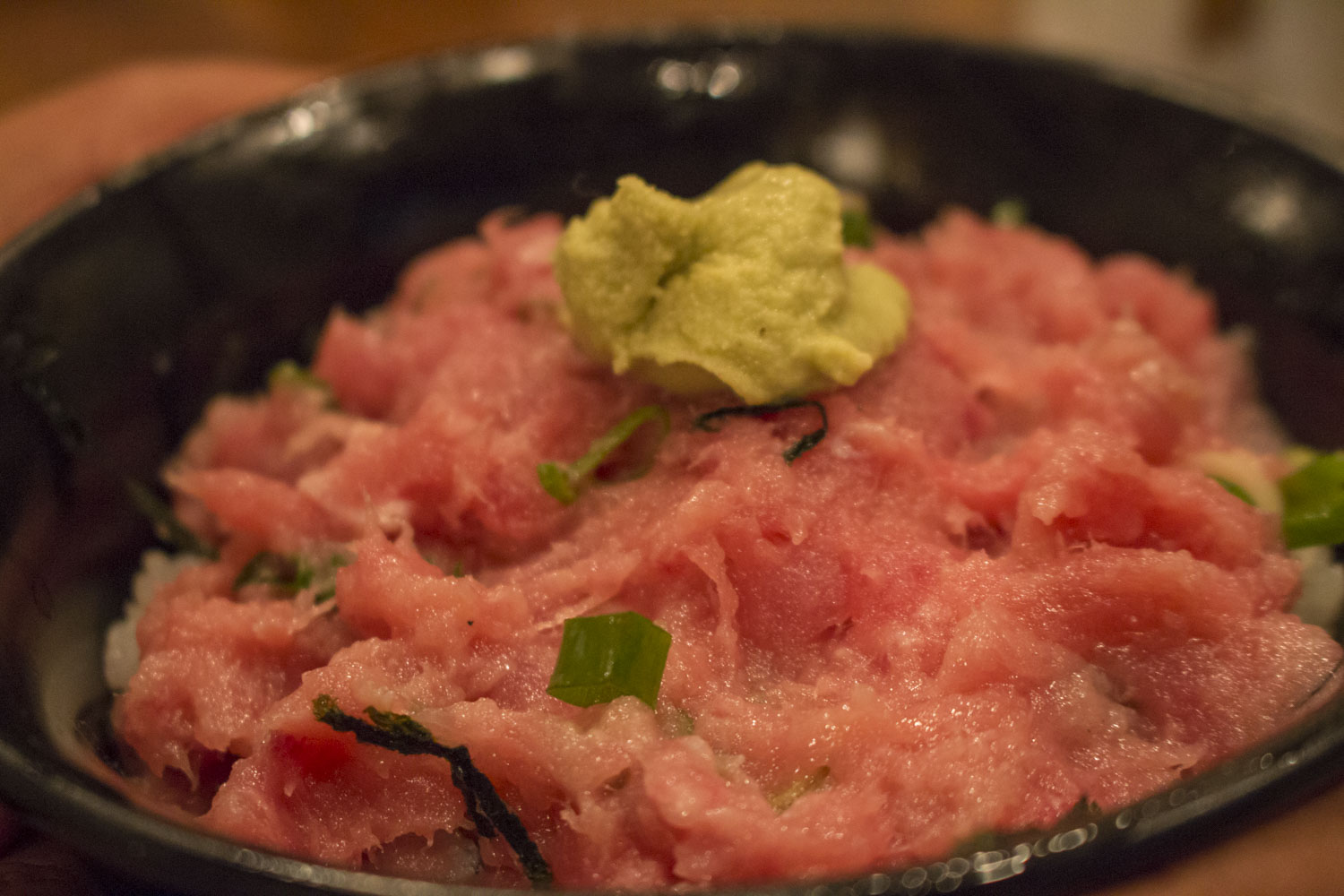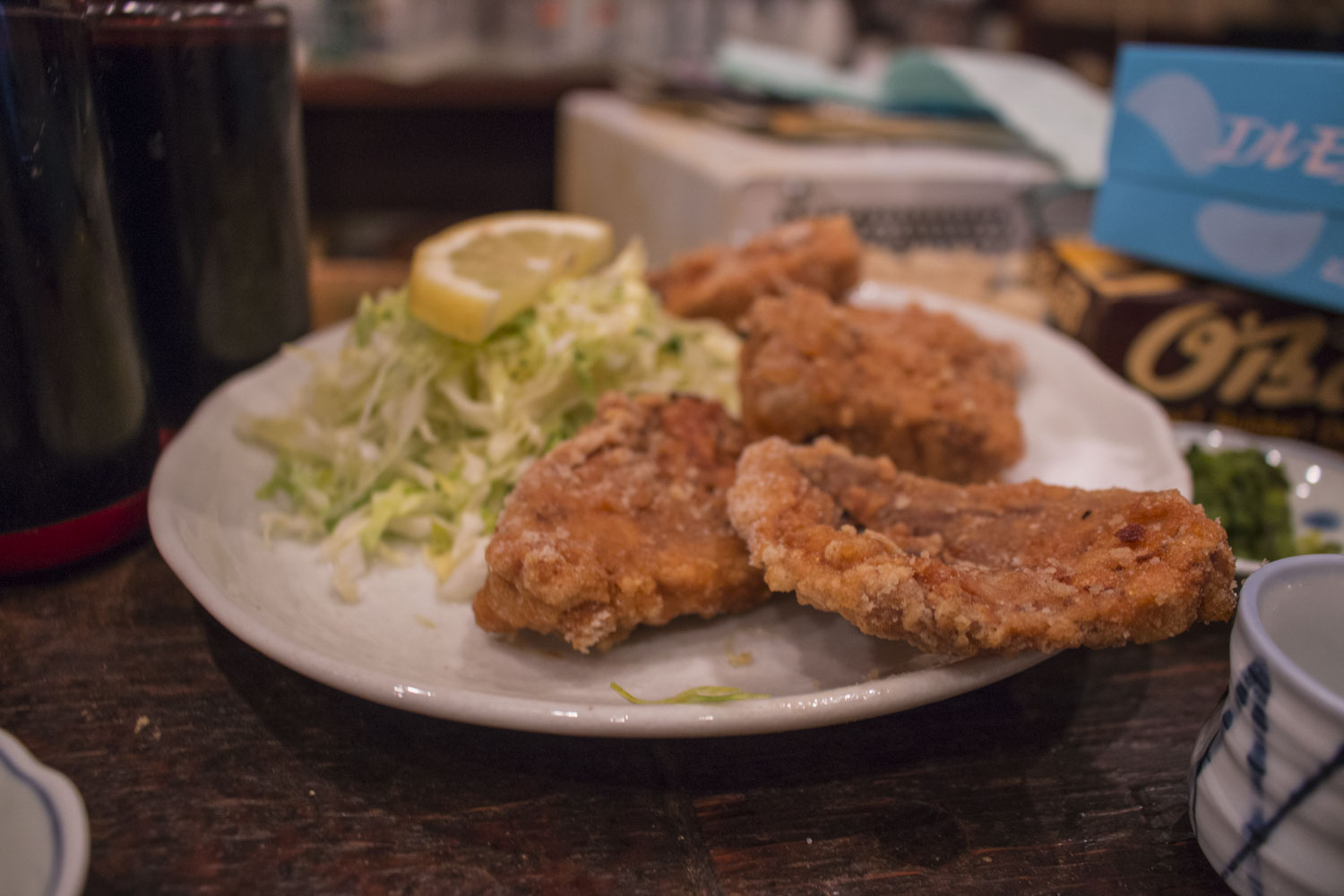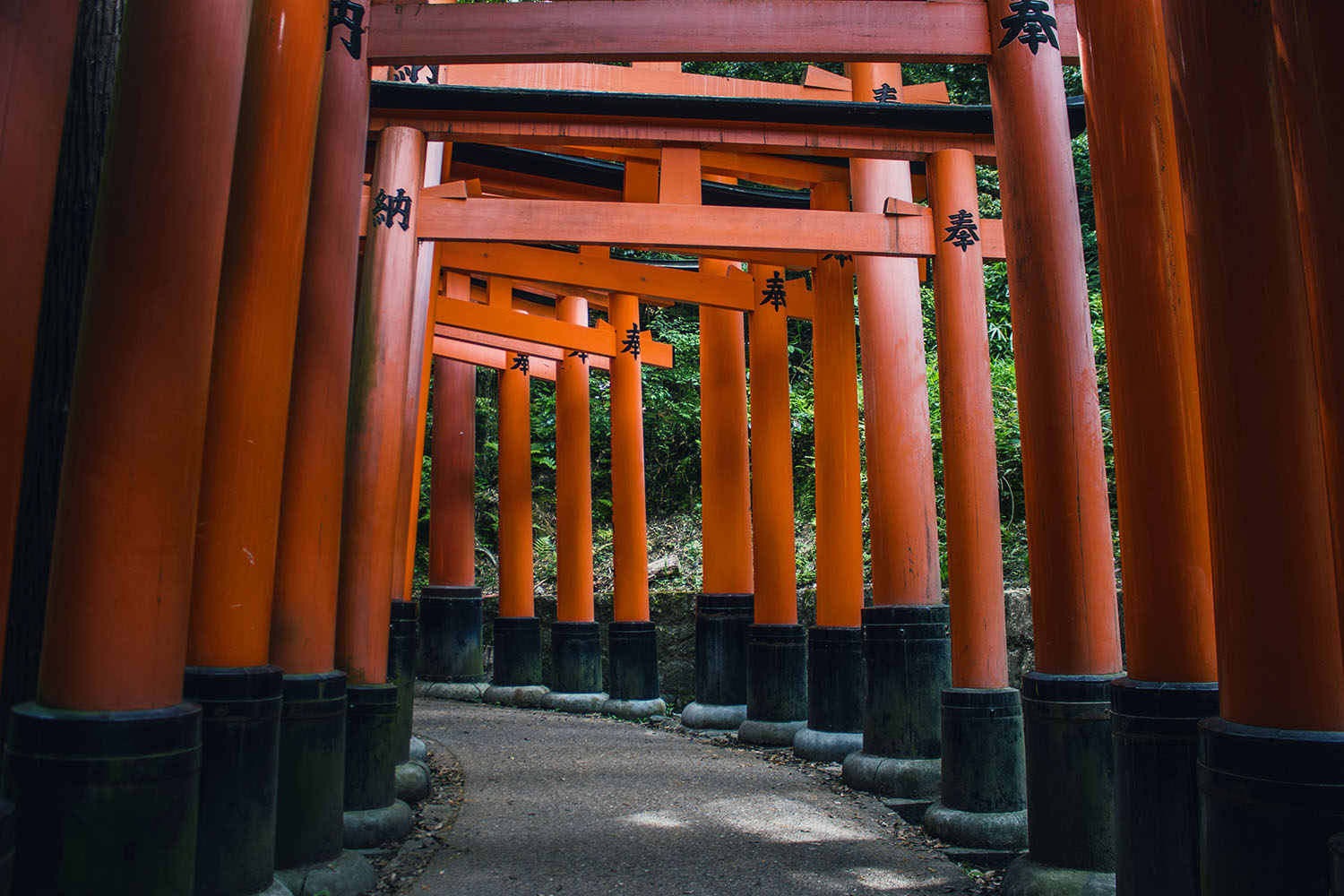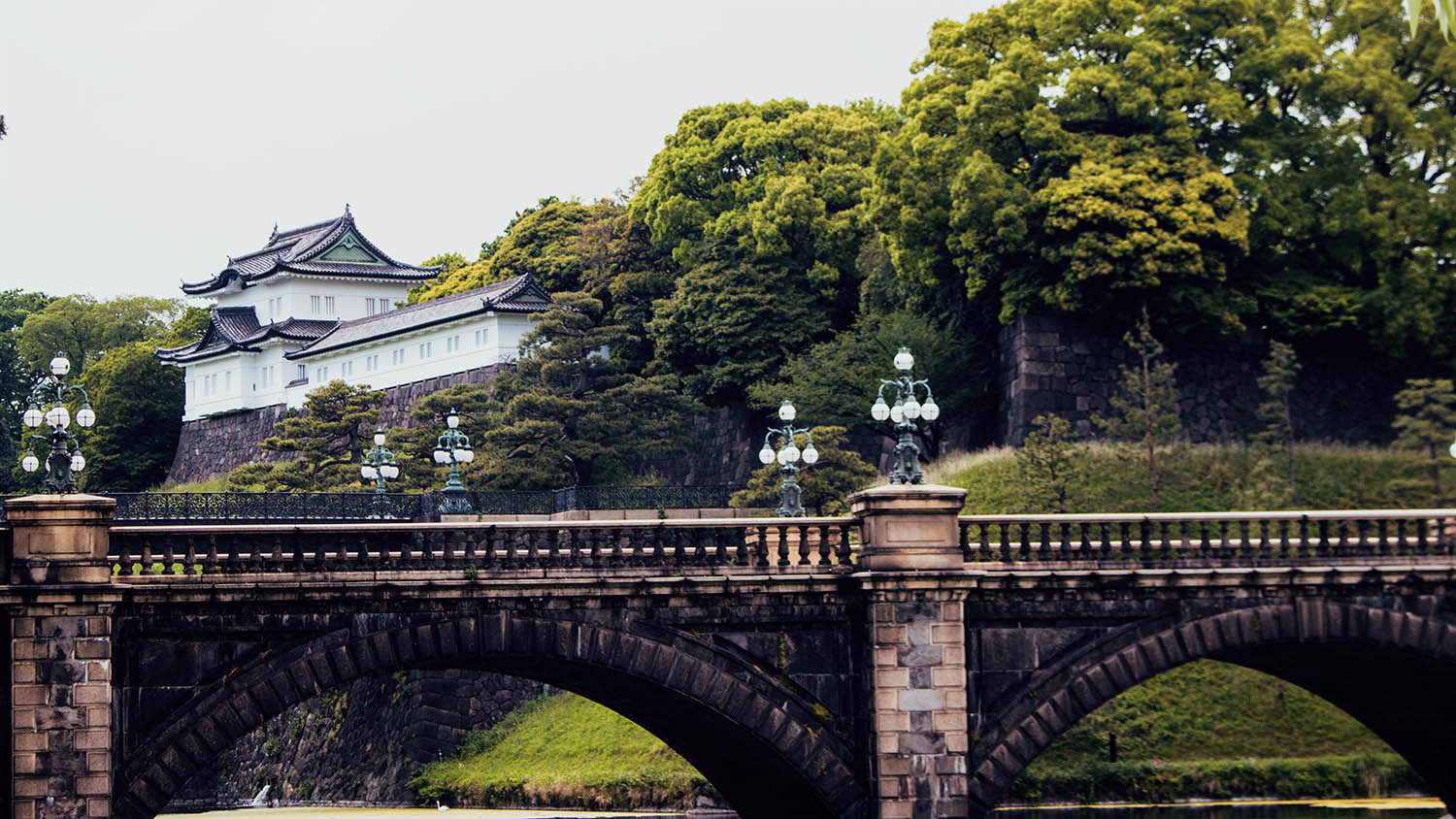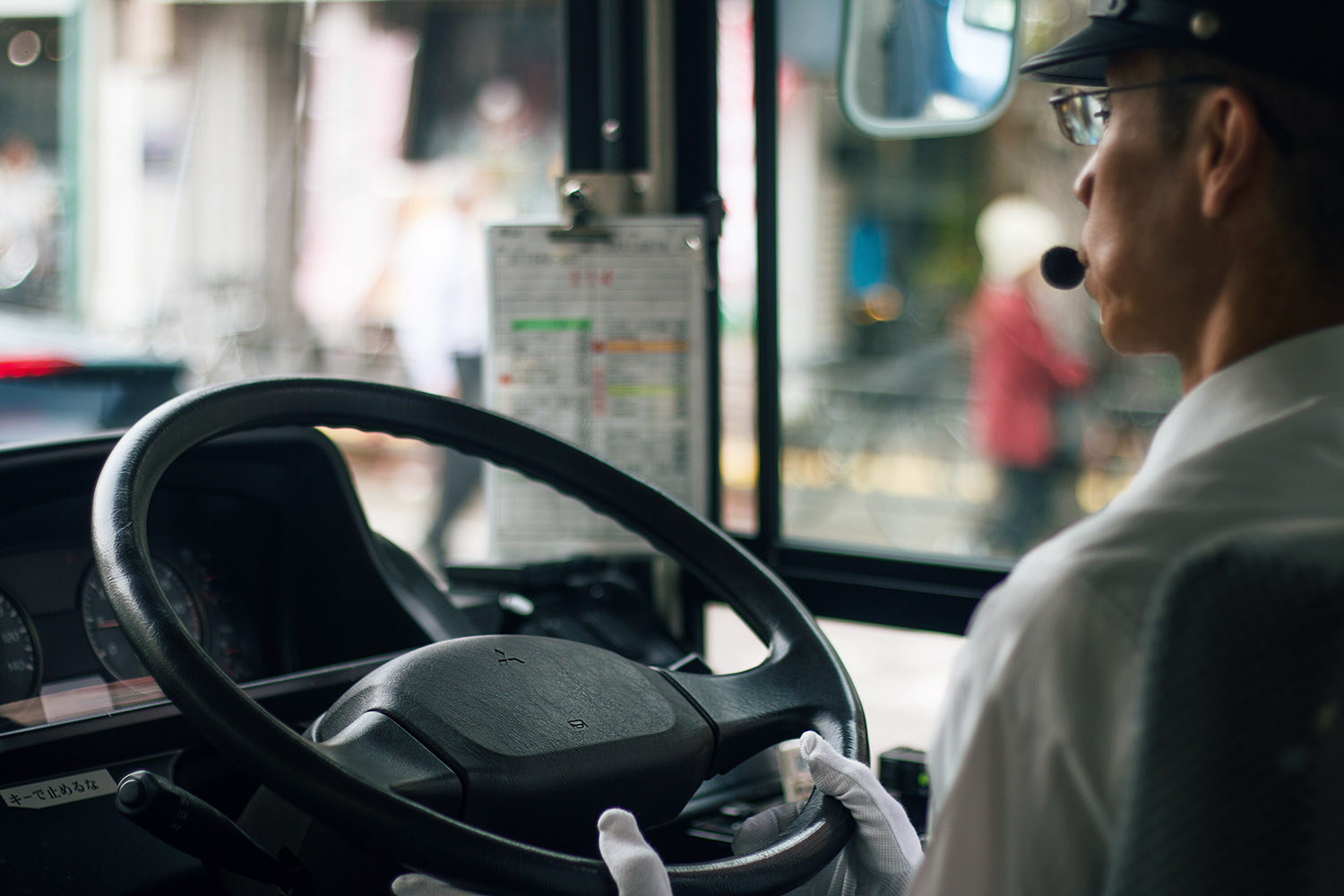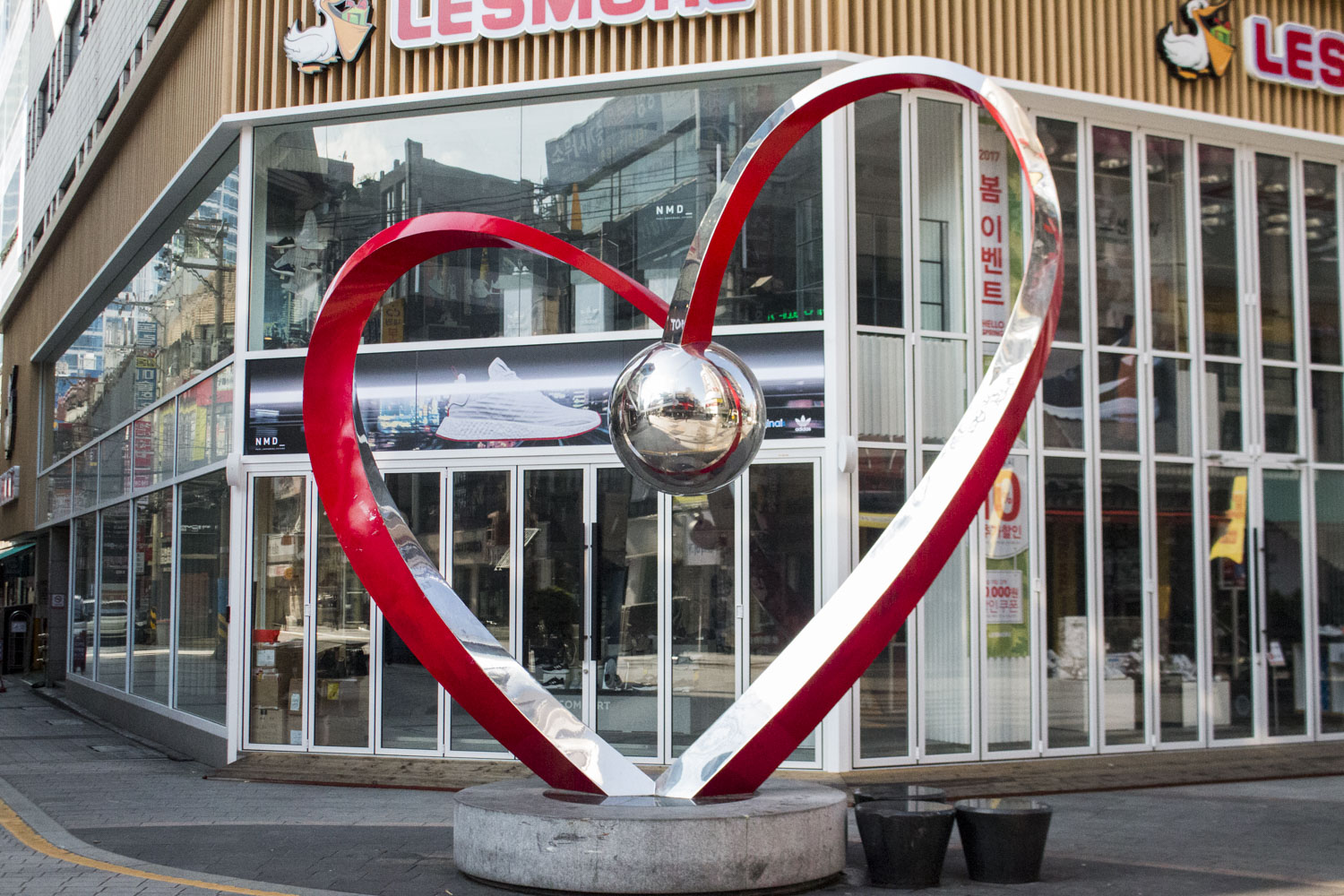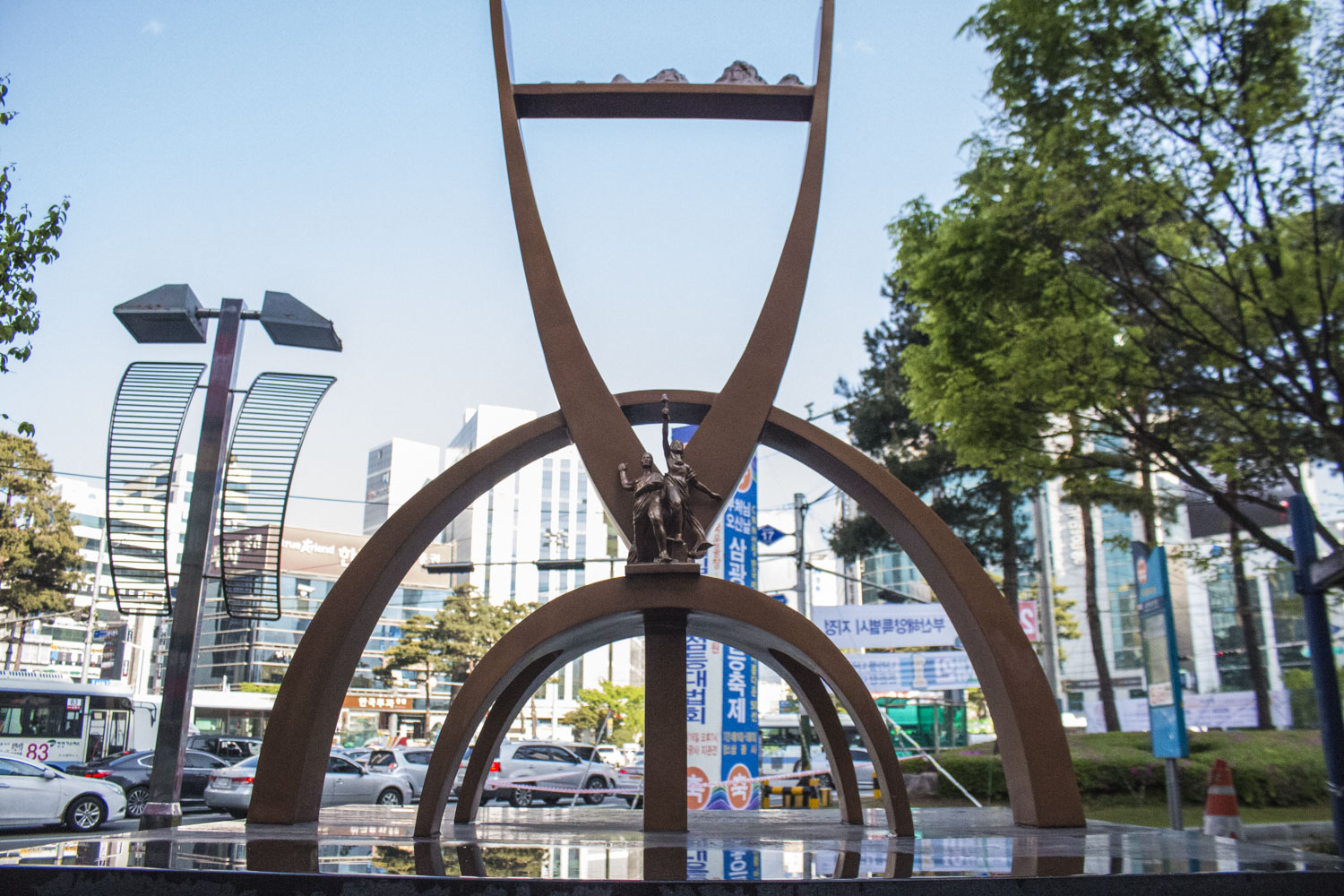History weighs down social interactions, simple communications become soggy with innuendo. Sometimes you worry more about how you were perceived than how you felt. That's how I often feel navigating social environments back home. However, Bangkok was allowing me to live a more embodied life. Everything and everyone around me was so new. There was no past to rely on for comfort or information. I was one among many backpackers brought together by a common love of exploration and enough capital (social and financial) to travel. We were all the same yet different. We were on equal footing- the real world seemed so far away.
I was sitting on the cots in the lobby of Nap Park while The Brothers Grimsby played on the large television when I struck up my first conversation with a fellow traveler. His name was Jack from the UK and he was staying in the same dorm as me. After chatting for a bit I asked if he wanted to join me for lunch. I had looked up places to eat in Bangkok and found this amazing restaurant serving noodles that you rarely find on restaurant menus. We walked North away from the commotion and sanctity of the upcoming cremation and made our way down various alleys and side streets that were flooded from the previous days rain bursts. Making friends hasn't been this easy since college. Which made me wonder why making friends has to be difficult at all. Histories both personal and cultural have a way of wedging themselves between us and new experiences/people.
Jack and I found the tiny restaurant the side street of a side street nestled around shuttered businesses. Four people were currently sitting inside two military men dressed in full regalia, an older woman fanning herself, and a man sitting on a stool. We were the only non-Thai people in the small restaurant, a strange pair for sure. I tried to mime for a menu but the waiter shook his head and pointed to the wall were items were written in Thai. My friend and I exchanged confused looks and I pulled out my phone to find the soup from the online article. The man nodded and asked how spicy we wanted the soup. I said very spicy despite the fact that it was a furnace outside and the only thing cooling the tiny restaurant was a fan that was pointed in the opposite direction. Ten to fifteen minutes later the sukothai noodle soup, pictured above, was brought to us. The soup contained the hallmarks of a delicious Thai soup was spicy, the flavors were sharp very fresh, and the broth had such a luscious but light taste. The best part the soup only cost me 40 baht which was a little over $1.
Sadly my new friend was ending his experience in Thailand just as I was beginning. I said goodbye to him a couple days later as he made his way to Cambodia. I asked a dude named Keiran to watch my laptop in the lobby and when I returned we started talking. I later met a red headed American named Rika who worked as a boat captain in Alaska. These random interactions built on top each other. Days later, the randomness connected like lego blocks. I was sitting on a rooftop with Keiran, Rika, and others talking about the efficacy of Unions, the politics of Brexit and Trump, the downfalls of ideological purity, and the role of dating apps in modern day romance. We differed in tactics and beliefs we but had interesting, civil, and challenging discussions with each other.
We hung out for a couple more days before Rika and some other people headed north to visit Thailand's ancient capitals and then eventually go to Chiang Mai for a lantern festival. I had a few more days booked in Bangkok and then I was heading south so I said goodbye. I started to get into the rhythm of backpacking the constant stream of hello's and goodbyes, the origin stories of the people you just met. New people arrived in the city and I found another group to exploring with. We headed to the Chatuchak Market by tuk tuk and wandered among the food stalls, boutique jewlery vendors, and piles of thai silk scarves and other accoutrement.
I kept running into travelers who mentioned going to Chiang Mai for a festival called Loi Krathong and I started to rethink my plans. The goal was to go with the flow and see where SE Asia takes me and I was feeling the wind blowing me north. I reached out to my friends to see which hostel they were staying and at and thankfully it wasn't booked.
With my plans to leave Bangkok set I head out on a walkabout around Old Town to take photos and eat at a few more restaurants before leaving. I was given so many warnings about how horrible Bangkok was but I had come to like the city. It wasn't my favorite city ever but I appreciated the energy, Bangkok's ability to surprise, and the food's expertise in tantalizing the tongue. I needed to educate myself about Thailand. This city was full of complexity and I was excited to learn more about it. I arrived with this myopic understanding of its cuisine and culture and this trip was opening my eyes.
If you liked the article be sure to use one of the share links below! Make sure you subscribe so you never miss an addition to the Archives!
















